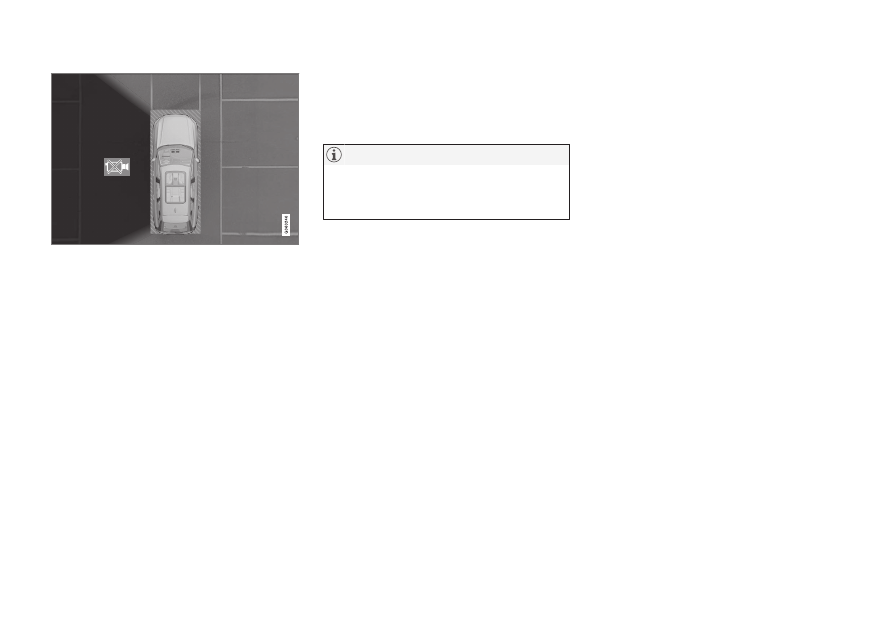Volvo V90 Twin Engine (2018 year). Instruction - part 23

DRIVER SUPPORT
* Option/accessory.
395
The car's left-hand camera is out of order.
Black camera sector
A black camera sector is also shown in the fol-
lowing instances, but then without the symbol for
defective camera:
•
open door
•
open tailgate
•
folded-in door mirror.
Light conditions
The camera image is adjusted automatically
according to prevailing light conditions. Because
of this, the image may vary slightly in brightness
and quality. Poor light conditions can result in
reduced image quality.
Maintenance
Clean camera lenses regularly with lukewarm
water and car shampoo - be careful not to
scratch the lenses.
Keep the camera lens clear of dirt, snow and
ice to ensure optimum function. This is partic-
ularly important in poor light.
Related information
•
•
Park assist lines and fields for the park assist
camera
•
Starting the Park assist camera
•